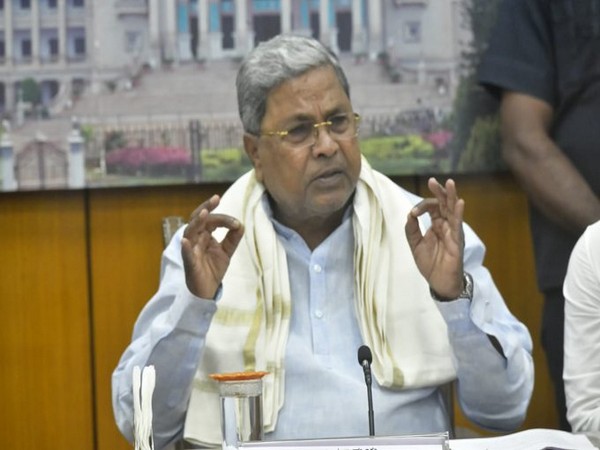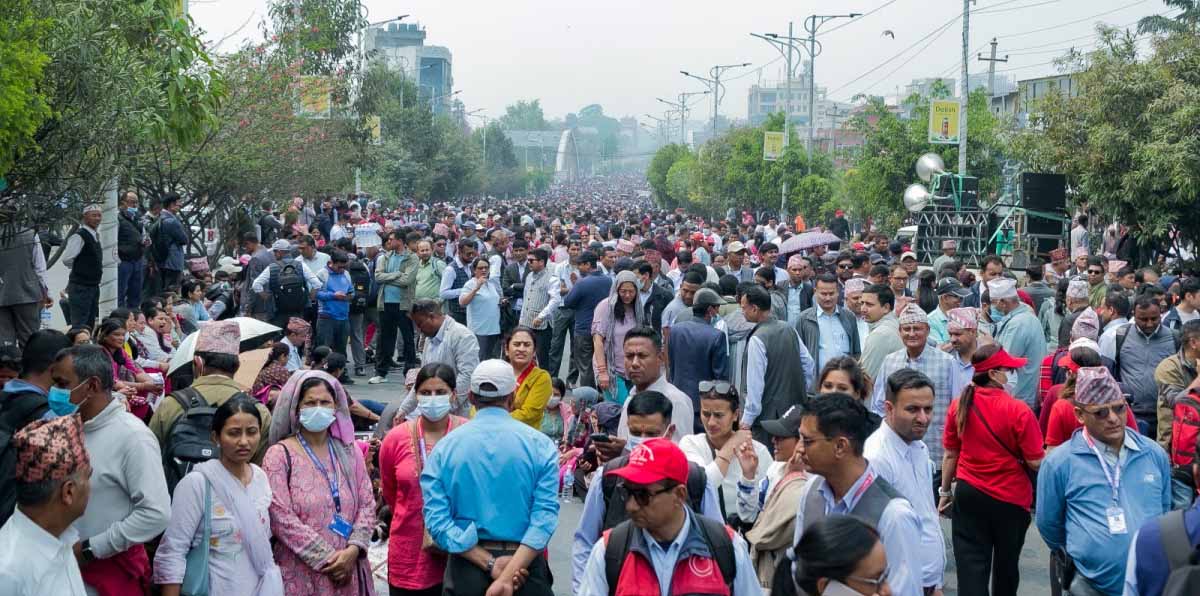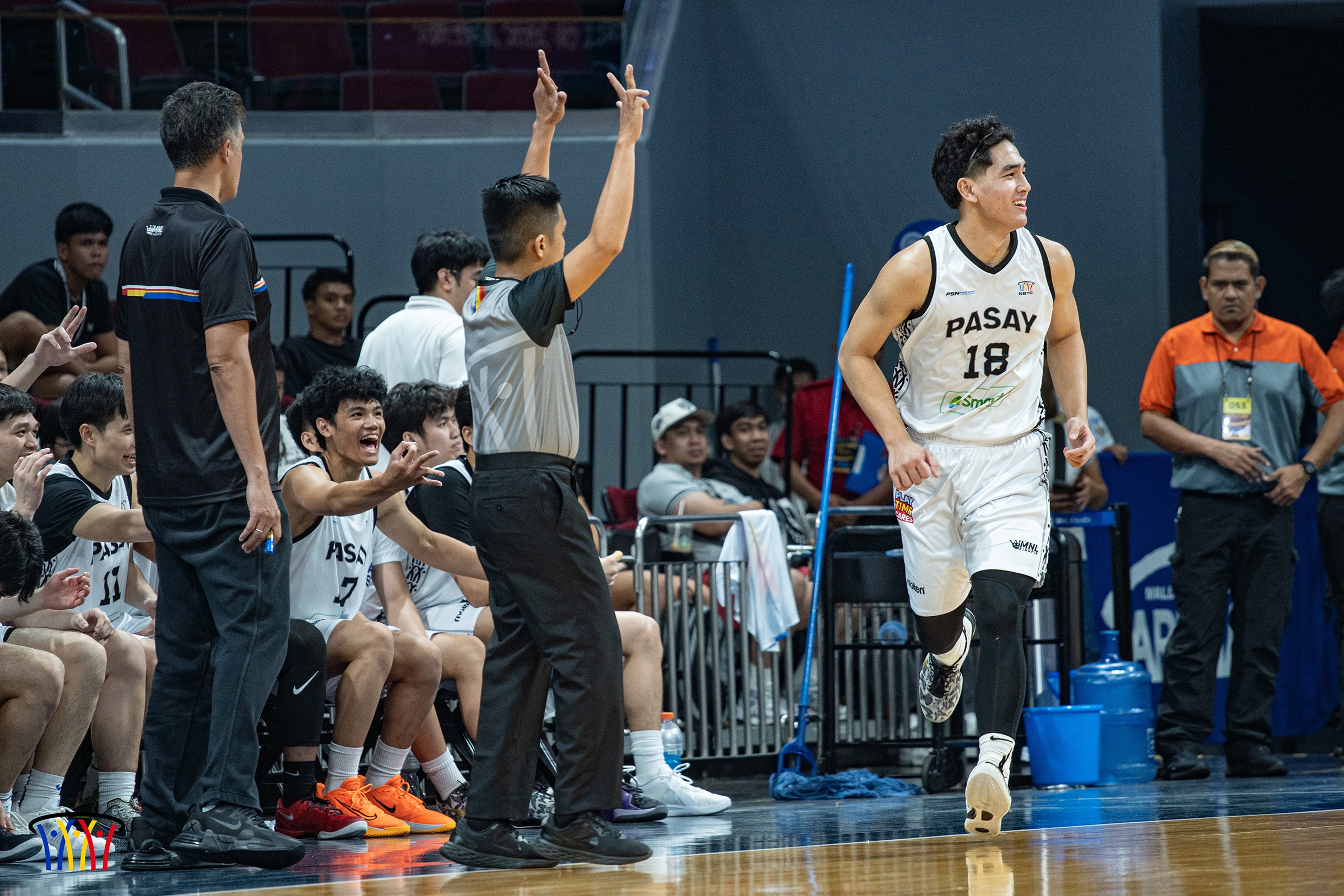As drivers spoke following the Japanese Grand Prix, one theme arose: The race felt boring at times. Race winner Max Verstappen may have been brilliant, with a qualifying and race performance described by his team principal Christian Horner as “inspirational.” But, for the majority of the grid, it was an especially frustrating Sunday.
Advertisement Williams driver Carlos Sainz went as far as likening it to the Monaco Grand Prix, an iconic race that last year was so dull that this year, the World Motor Sport Council (WMSC) approved a rule to make Monaco a minimum two-stop race to improve the quality of racing. “I was very quick,” the Spaniard said to reporters after finishing 14th, “but the grid position in our track has become similar to Monaco with how difficult it is to pass.” The Monaco GP has been widely criticized given how it becomes a procession.

The street circuit’s tight confines and the size and weight of modern cars mean that overtaking is rare. With Suzuka, there’s only one DRS zone, which is on the main straight, and it can be difficult for the cars to follow each other closely, particularly during the faster portion early in the lap. The figure-eight track is fairly narrow with little runoff areas.
“I heard a lot of times that it was a difficult track to overtake,” said Sauber’s Gabriel Bortoleto, competing in the grand prix for the first time. “It surprised me, because even with (a) four-tenths pace advantage, it was difficult to overtake.” There are other factors beyond just the track layout that can limit overtaking opportunities.
The grid is fairly close this season, and DRS trains can form, which means any pace advantage may not lead to an overtake when combined with the limited spots at Suzuka to make a dive past a rival. The tires also had low degradation, which impacted any variety in strategy, and the dirty air was worse than in previous years because this season’s cars are more aerodynamically complex. Dirty air — which is what gets kicked off the rear of a car ahead — reduces downforce and grip, making overtaking even more difficult.
“Long, dull, not much happening,” Nico Hülkenberg told reporters when describing his race after finishing 16th. “I spent all my race in traffic, too, and it’s not that fun looking at someone’s rear wing and the DRS. It’s so difficult with these cars.
The dirty air effect, year on year, gets a little bit worse. Advertisement “It’s very hard to do anything,” the German added, referring to the new track surface on some sections, which resulted in less degradation. Bortoleto echoed the sentiment, relaying how it was “a bit boring to stay behind.
” He felt like he had more pace, particularly during the last bit of the grand prix, but the rookie failed to overtake, finishing 19th. “I was just quite a lot quicker, but not enough to have that really big pace advantage. I tried two times, but I wasn’t able to be side-by-side at the end of the straight,” he said.
How the Japanese GP unfolded starkly contrasted the usual comments about Suzuka Circuit, which is regarded as a favorite among the drivers. The opening lap was static, aside from some movement further down the grid when Yuki Tsunoda passed Liam Lawson . One of the more thrilling moments came from Verstappen and Lando Norris racing out of the pit lane, with the McLaren ending up in the grass.
But the top six finished how they started the grand prix. That’s not to say battles didn’t happen on track. But the margins were thin, mistakes can be costly and little overtaking is common at this grand prix.
“This is Suzuka,” Fernando Alonso told reporters. “I don’t remember a race when we saw too many overtakings here without the weather changing. It seems like we repeat always on Thursday, how great Suzuka is, how great Monaco is, the glamour, the spectacular weekend.
And then on Sunday, we wake up and we say, ‘Monaco is boring. What we can do to the track?’ ‘Suzuka is boring.’ This is Formula One, and Suzuka is great first, because Saturday is incredibly high adrenaline.
” Two things can be true. A one-stop race without any disruption can quickly feel slow and boring, especially when there are limited overtaking opportunities. But the track can still be among the greats, like Suzuka with its challenging layout.
The Monaco Grand Prix will require two pit stops, which will potentially bring variety to the strategies. But does Suzuka or other circuits on the calendar need a mandate to liven up the sporting side? Not necessarily. After all, the regulations do change next year.
Advertisement The 2025 Japanese Grand Prix may not have been an on-the-edge-of-your-seat thriller, as Verstappen converted his pole position to a victory after staying ahead of the McLarens, but it did remind us about F1’s fickle nature, with how easily the comments surrounding the grand prix weekend swung from praise to critiques. “When we don’t have grip, we complain that there is no grip. And when we have too many stops, we complain the tires don’t last,” Alonso said, when asked about whether the new surface made the problem worse.
“So instead of seeing the negative part of the weekend, I tried to enjoy what we experienced this weekend. And it was another great Suzuka.” (Top photo: Toshifumi Kitamura/AFP via Getty Images).
Sports

F1's Japanese Grand Prix was 'boring' and 'similar to Monaco' - this is why

The 2025 Japanese Grand Prix may not have been an edge-of-your-seat thriller, but it did remind us about the sport's fickle nature















